Shanny Lin
Ultrafast CMOS image sensors and data-enabled super-resolution for multimodal radiographic imaging and tomography
Jan 27, 2023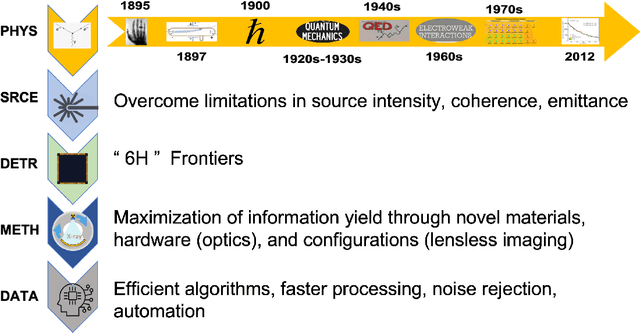
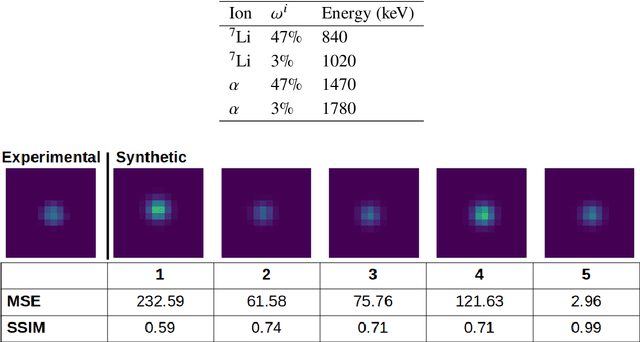

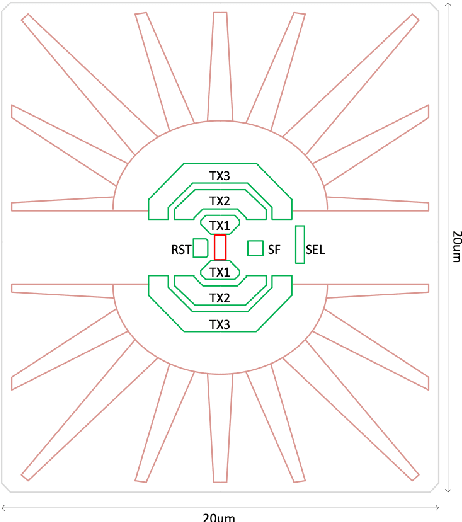
Abstract:We summarize recent progress in ultrafast Complementary Metal Oxide Semiconductor (CMOS) image sensor development and the application of neural networks for post-processing of CMOS and charge-coupled device (CCD) image data to achieve sub-pixel resolution (thus $super$-$resolution$). The combination of novel CMOS pixel designs and data-enabled image post-processing provides a promising path towards ultrafast high-resolution multi-modal radiographic imaging and tomography applications.
Risk-Aware Learning for Scalable Voltage Optimization in Distribution Grids
Oct 04, 2021



Abstract:Real-time coordination of distributed energy resources (DERs) is crucial for regulating the voltage profile in distribution grids. By capitalizing on a scalable neural network (NN) architecture, machine learning tools can attain decentralized DER decisions by minimizing the average loss of prediction. This paper aims to improve these learning-enabled approaches by accounting for the potential risks associated with reactive power prediction and voltage deviation. Specifically, we advocate to measure such risks using the conditional value-at-risk (CVaR) loss based on the worst-case samples only, which could lead to the learning efficiency issue. To tackle this issue, we propose to accelerate the training process under the CVaR loss objective by selecting the mini-batches that are more likely to contain the worst-case samples of interest. Numerical tests using real-world data on the IEEE 123-bus test case have demonstrated the computation and safety improvements of the proposed risk-aware learning algorithm for decentralized DER decision making in distribution systems.
Data-driven Modeling for Distribution Grids Under Partial Observability
Aug 18, 2021


Abstract:Accurately modeling power distribution grids is crucial for designing effective monitoring and decision making algorithms. This paper addresses the partial observability issue of data-driven distribution modeling in order to improve the accuracy of line parameter estimation. Inspired by the sparse changes in residential loads, we advocate to regularize the group sparsity of the unobservable injections in a bi-linear estimation problem. The alternating minimization scheme of guaranteed convergence is proposed to take advantage of convex subproblems with efficient solutions. Numerical results using real-world load data on the single-phase equivalent of the IEEE 123-bus test case have demonstrated the accuracy improvements of the proposed solution over existing work for both parameter estimation and voltage modeling.
Enhancing the Spatio-temporal Observability of Grid-Edge Resources in Distribution Grids
Feb 15, 2021
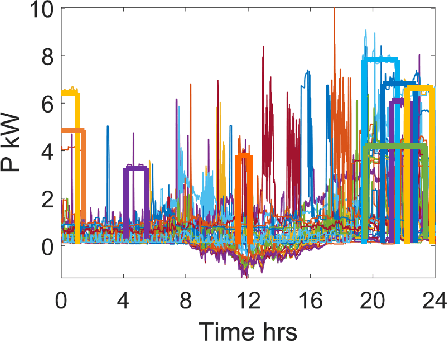
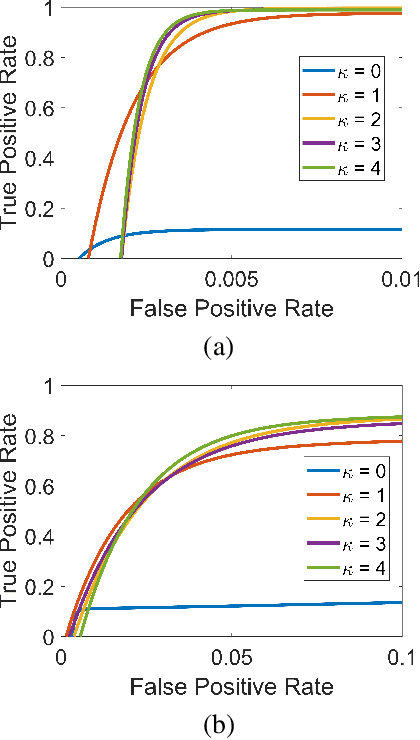
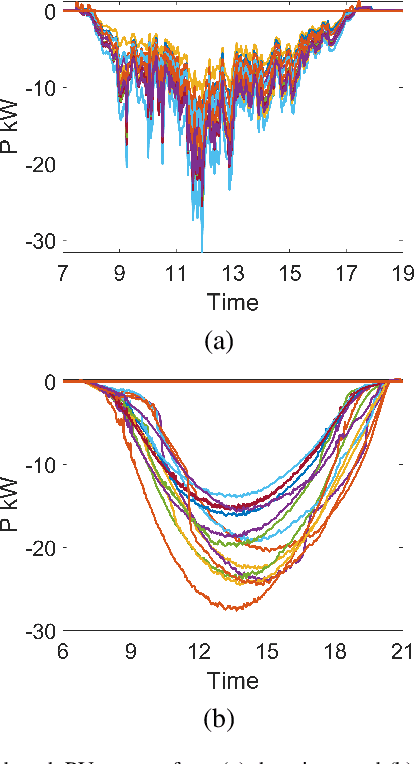
Abstract:Enhancing the spatio-temporal observability of distributed energy resources (DERs) is crucial for achieving secure and efficient operations in distribution grids. This paper puts forth a joint recovery framework for residential loads by leveraging the complimentary strengths of heterogeneous types of measurements. The proposed approaches integrate the low-resolution smart meter data collected for every load node with the fast-sampled feeder-level measurements provided by limited number of phasor measurement units. To address the lack of data, we exploit two key characteristics for the loads and DERs, namely the sparse changes due to infrequent activities of appliances and electric vehicles (EVs) and the locational dependence of solar photovoltaic (PV) generation. Accordingly, meaningful regularization terms are introduced to cast a convex load recovery problem, which will be further simplified to reduce computational complexity. The load recovery solutions can be utilized to identify the EV charging events at each load node and to infer the total behind-the-meter PV output. Numerical tests using real-world data have demonstrated the effectiveness of the proposed approaches in enhancing the visibility of these grid-edge DERs.
 Add to Chrome
Add to Chrome Add to Firefox
Add to Firefox Add to Edge
Add to Edge